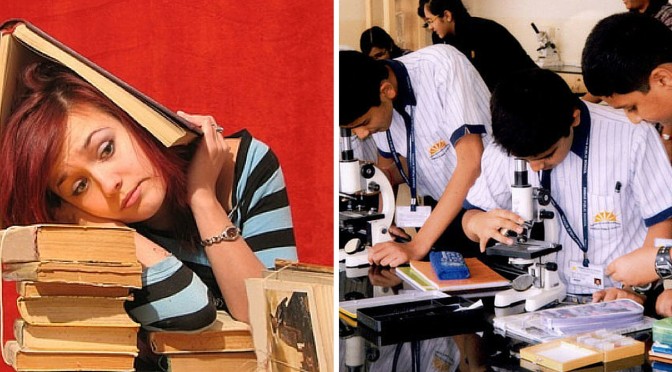
Education is imparted in two main ways: theoretical and practical. Each method has its own advantages and downsides. However, the education in India is often criticized for being too theoretical. This may be owing to the fact that India is known for its high number of engineering graduates yearly. People tend to expect more of a hands-on approach and less of a theoretical approach from engineering graduates. Still, employers always complain about this very issue in India. They claim that new employees are so accustomed to rote learning that they can recite a page out of an engineering book. However, they cannot apply the same theories and knowledge to an actual problem in their job. Therefore, there is a need for more emphasis on practical education in India and there are good reasons for this.
Some people can cram a lot of information in no time. Others find it significantly harder to memorize even a few lines from a book. However, being unable to remember everything can be a gift. Instead of turning into bookworms, these people find alternate ways to remember important information. The ultimate alternate way is through practical education. For example, a student can spend endless hours trying to memorize the features of a system, but an actual look and analysis of the system will stick a picture in the mind of the student. This takes off pressure from his mind, thus aiding in the learning process by relieving stress.
Practical education, most definitely, provides a deeper understanding of the subject. The problem with theoretical education is that the students are passive learners. In practical education, on the other hand, the students are active contributors. This deepens their understanding. The best way to learn and comprehend a theory is by witnessing it in practice. It is not by reading it off a page or hearing it from a lecturer. For example, when trying to understand the phenomenon in physics, it is always a good idea to perform a related experiment in the college laboratory.
Theoretical education increases knowledge. However, it does not provide the required set of skills to perform a job. This results in a serious lack of training for graduates to be able to tackle a task at their prospective place of employment. Exercises, which only exist in practical education, help students develop certain skills that prove to be extremely helpful later on. Theoretical education can, undeniably, provide expertise and a certain level of proficiency to the students. However, it cannot provide the skills that can only be obtained through practical education.
The essence of practical education is the simulation of real life problems. For example, in practical education, engineering students would be made to solve a particular problem. They would be provided with the tools and equipment required to perform the task at hand. Of course, they will require theoretical education to gather the related knowledge necessary to perform the task. Nevertheless, they will only be able to find a solution through practical work. When students are exposed to the applications of the theories they learn in lectures, they are more likely to be able to reproduce the same in their jobs later on.
The debate is not about whether practical education should be adopted over theoretical education. The real point is finding the right balance between the two. Education in India is emphasized more on the theoretical side of education. For the reasons discussed in this article, it is important for Indians to adopt practical education as well. Not only will Indian students have a strong foundation, but they will also be able to perform efficiently at their workplace pop over to this website. They will be able to contribute to real life problem solving instead of just throwing fancy theories around. This will considerably improve the productivity of the Indian workforce also.